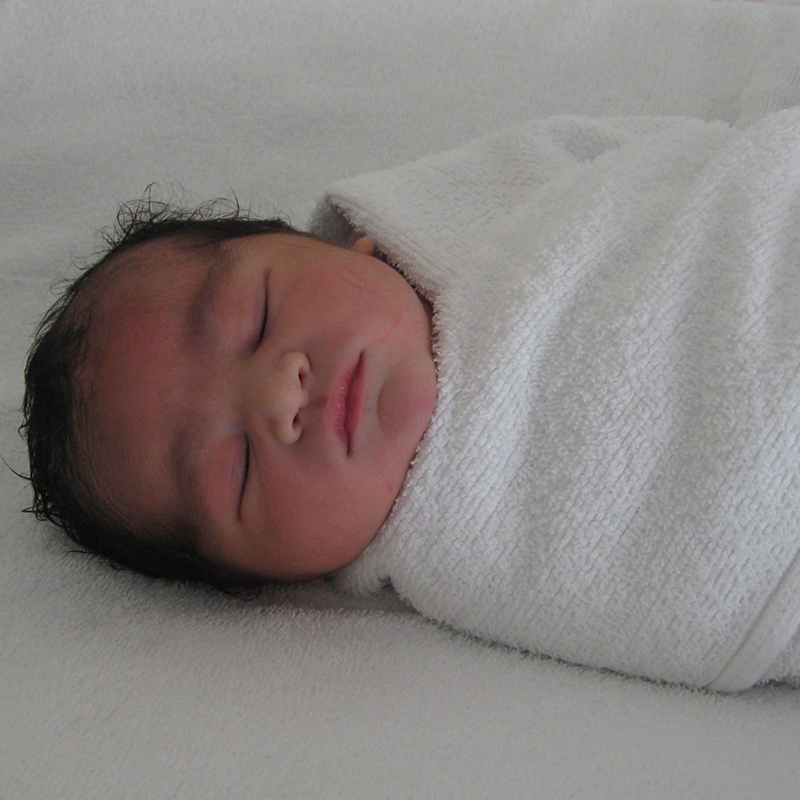Safe sleep is a popular topic amongst new Moms and despite all the conversations around it, the official journal of the American Academy of Pediatrics suggests that everyone is NOT getting the message.
Infants from 1- to 6-months participated in a study which showed that:
- up to 21% were initially placed on sleep surfaces that were not recommended
- about 33% were placed in the incorrect positions and
- up to 93% were placed in sleep areas with unsafe, loose items such as stuffed animals and bumper pads.
So it does seem as though the message is not spread widely enough and there is some more work to be done.
In the U.S, about 3,500 infants die suddenly each year, from no obvious reason. This is according to the U.S. Centers for Disease Control and Prevention. These deaths are labelled as Sudden Infant Death Syndrome (SIDS)
SIDS can be prevented by the principles of safe sleep and it is really as simple as A, B and C:
A – Alone
A baby should sleep alone and other children or pets should never be allowed to sleep in a baby’s crib. A baby’s crib should also be clear of bumpers, toys, pillows and fluffy blankets. A sleep sack is a safe way to replace the use of loose blankets.
B – Back
A baby should always be placed on his or her back to sleep. This should be practiced during nap time and at night. If your baby is able to roll from stomach to back and back to stomach, they may be allowed to continue to sleep in the position they assume during the night. All babies should however be placed to sleep on their back until the age of 1.
C- Crib or Cot
Babies should always be put down to sleep in their own crib, cot or bassinet which comply with the current safety standards. These safety standards have recently changed: the once popular drop-side cribs are no longer suitable for use and retailers are not allowed to sell them. The crib should have a firm mattress with a fitted sheet. As tempting as it may be, do not allow your baby to sleep with you in your bed.
Other important sleep safety tips:
- Keep your baby’s room cool. The recommended temperature is 65 – 72 degrees F.
- Do avoid second-hand smoke and smoking during pregnancy.
- Breastfeeding can help reduce the risk of SIDS, so breastfeed as long as possible.
- Make sure that whoever looks after your baby is aware of these sleep safety guidelines.
